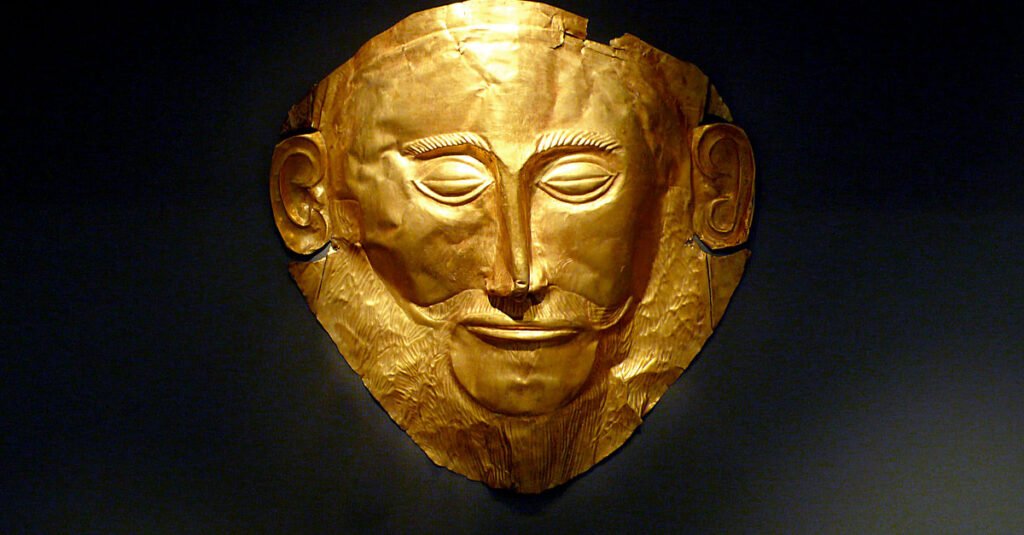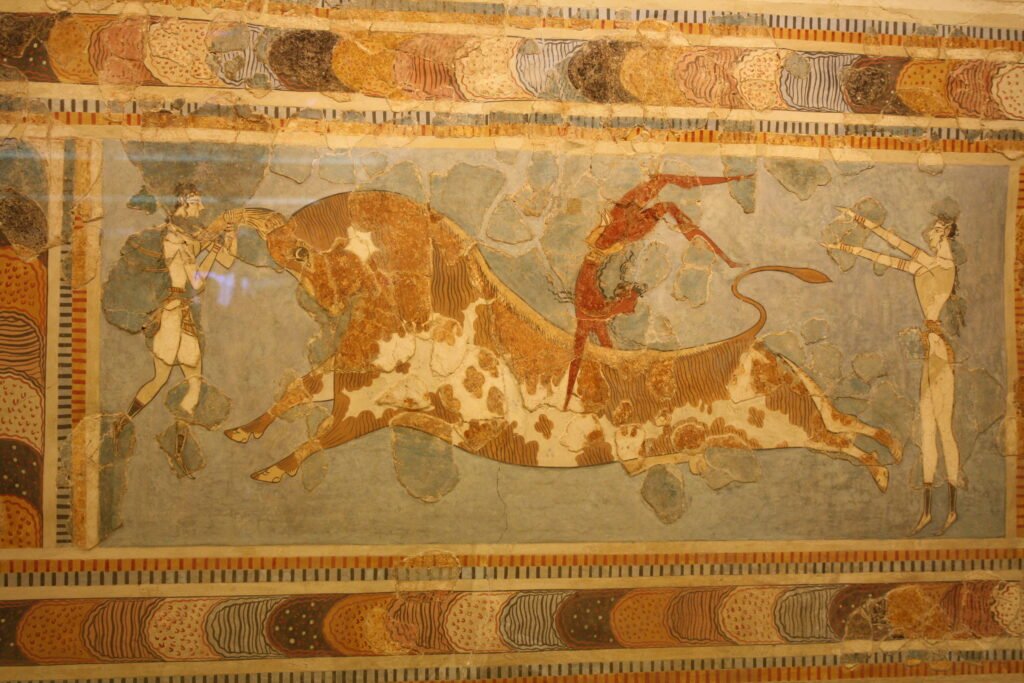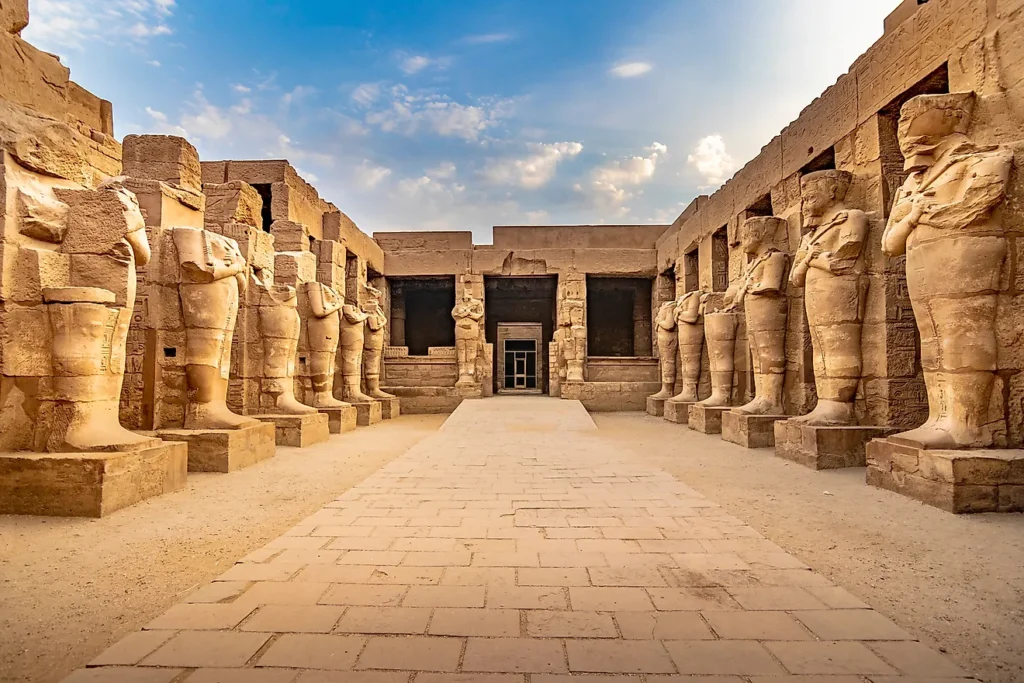Zhou Dynasty
Zhou Dynasty The Zhou Dynasty, which ruled ancient China from around 1046 BCE to 256 BCE, is one of the most significant and longest-lasting dynasties in Chinese history2. Here’s a comprehensive overview: Foundation and Early History The Zhou Dynasty was founded by King Wu after overthrowing the Shang Dynasty. The Zhou coexisted with the Shang […]









